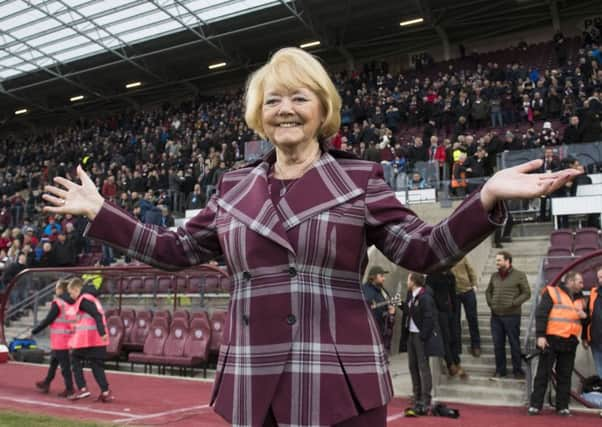Hearts meet '˜challenge' as club posts £2.3m profit


Annual results to 30 June make for good reading as the club go from strength to strength off the pitch following the plunge into administration in 2013.
Despite spending £6.9 million on the new main stand, which was opened for the first time for Sunday’s draw with Partick Thistle, Hearts managed to remain in the black with the help of a £2.5 million donation from an unnamed benefactor.
Advertisement
Hide AdAdvertisement
Hide AdDuring last season, the club also had to build new office space and changing rooms under the Wheatfield stand in preparation for the old main stand being demolished.
Budge cites this work as the main reason for a £1.1 million rise in operating costs to £5.4 million.
In her strategic report in the accounts, she said: “Financial Year 2016-17 was year two of our three-year plan to redevelop Tynecastle Stadium. This was always going to be a challenging year, with a number of milestones to be achieved but we met these challenges head on and delivered against most of our main objectives.”
Budge went on to say: “Despite the disruption to our normal business, we were able to continue to grow our revenues across all areas of the club, with turnover increasing by £1.3 million to £11.3 million.This was largely due to the continued support of our fans, over 13,700 of whom bought season tickets.”
In January, then manager Ian Cathro oversaw the arrival of nine new players. However, Budge, who presided over his sacking in August, insists the £5.9 million spent on staff during that period was within their own target.
She added: “As is not uncommon in such situations, this resulted in a slightly higher than anticipated turnover of players in the January transfer window. However, the relation of player costs to turnover is one of our key performance indicators and we were careful to remain within our accepted levels.”